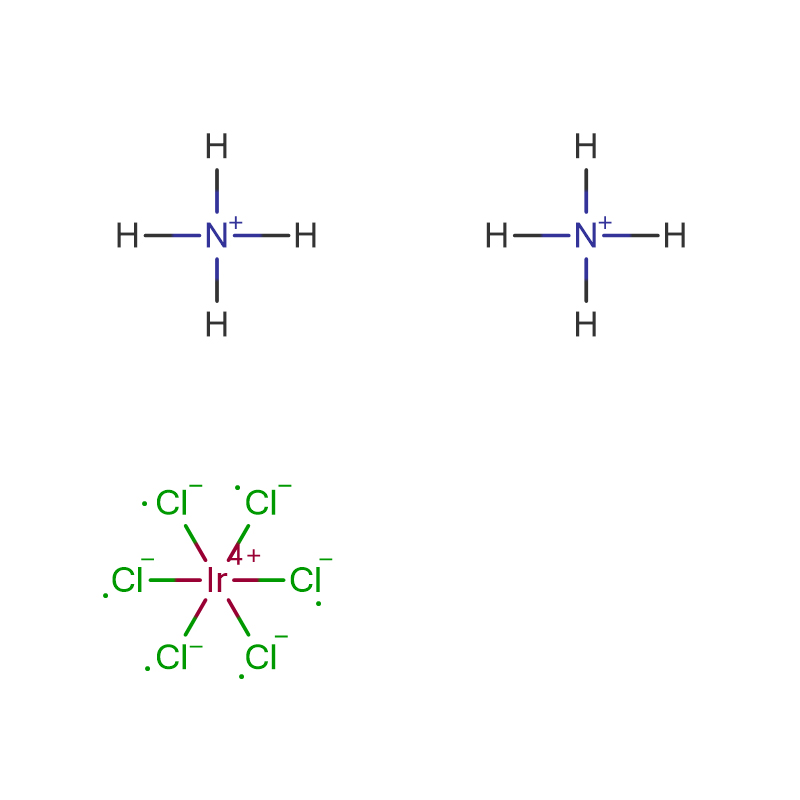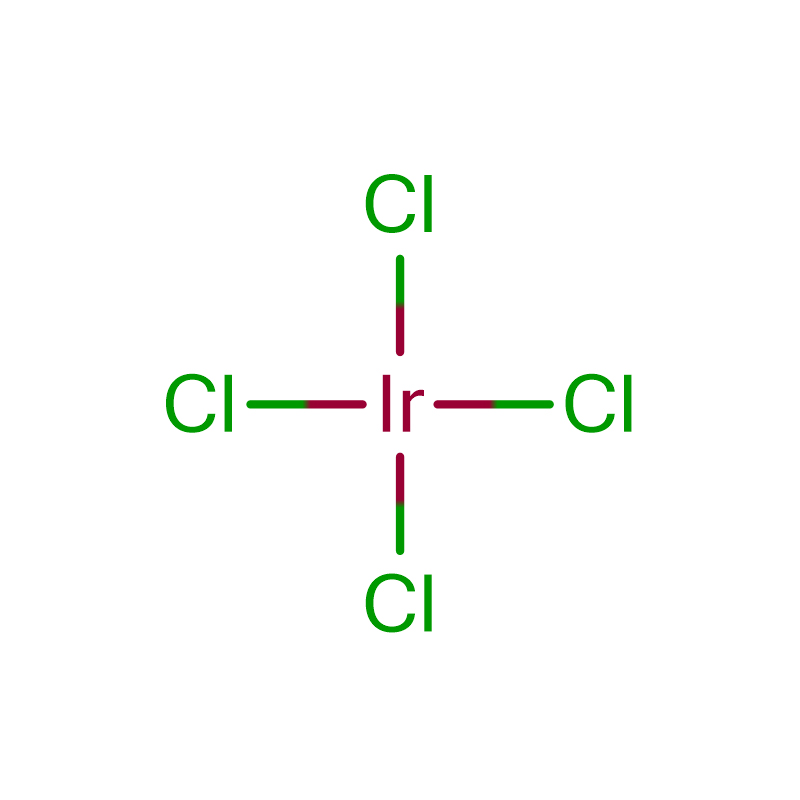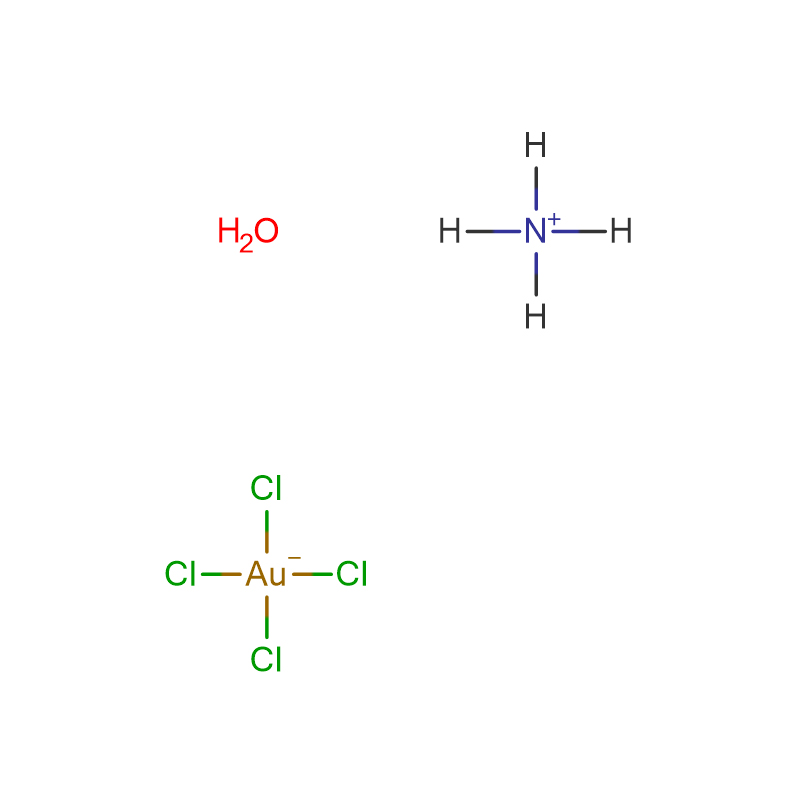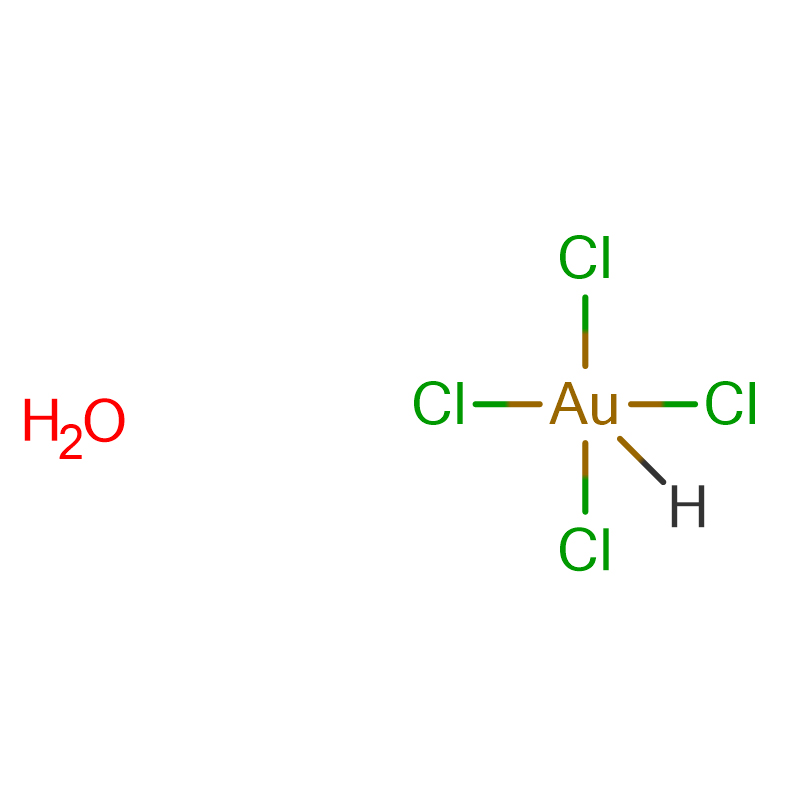Ammonium hexachloroiridate(IV) CAS:16940-92-4
| Catalog Number | XD90606 |
| Product Name | Ammonium hexachloroiridate(IV) |
| CAS | 16940-92-4 |
| Molecular Formula | H8Cl6IrN2 |
| Molecular Weight | 441.012 |
| Storage Details | Ambient |
Product Specification
| Appearance | Olive green crystals |
| Assay | 99% |
Oxidative damage to DNA bases commonly resultsin the formation of oxidized purines, particularly 7,8-dihydro-8-oxoguanine (8-oxoG) and 7,8-dihydro-8-oxoadenine (8-oxoA), the former being a well-known mutagenic lesion. Since 8-oxoG is readily subject to further oxidation compared with normal bases, the insertion of a base during DNA synthesis opposite an oxidized form of 8-oxoG was investigated in vitro. A synthetic template containing a single 8-oxoG lesion was first treated with different one-electron oxidants or under singlet oxygen conditions and then subjected to primer extension catalyzed by Klenow fragment exo- (Kf exo-), calf thymus DNA polymerase alpha (pol alpha) or human DNA polymerase beta (pol beta). Consistent with previous reports, dAMP and dCMP are inserted selectively opposite 8-oxoG with all three DNA polymerases. Interestingly, oxidation of 8-oxoG was found to induce dAMP and dGMP insertion opposite the lesion by Kf exo- with transient inhibition of primer extension o ccurring at the site of the modified base. Furthermore, the lesion constitutes a block during DNA synthesis by pol alpha and pol beta. Experiments with an 8-oxoA-modified template oligonucleotide show that both 8-oxoA and an oxidized form of 8-oxoA direct insertion of dTMP by Kf exo-. Mass spectrometric analysis of 8-oxoG-containing oligonucleotides before and after oxidation with IrCl62-are consistent with oxidation of primarily the 8-oxoG site, resulting in formation of a guanidinohydantoin moiety as the major product. No evidence for formation of abasic sites was obtained. These results demonstrate that an oxidized form of 8-oxoG, possibly guanidinohydantoin, may direct misreading and misinsertion of dNTPs during DNA synthesis. If such a process occurred in vivo, it would represent a point mutagenic lesion leading to G-->T and G-->C transversions. However, the corresponding oxidized form of 8-oxoA primarily shows correct insertion of T during DNA synthesis with Kf exo-.








